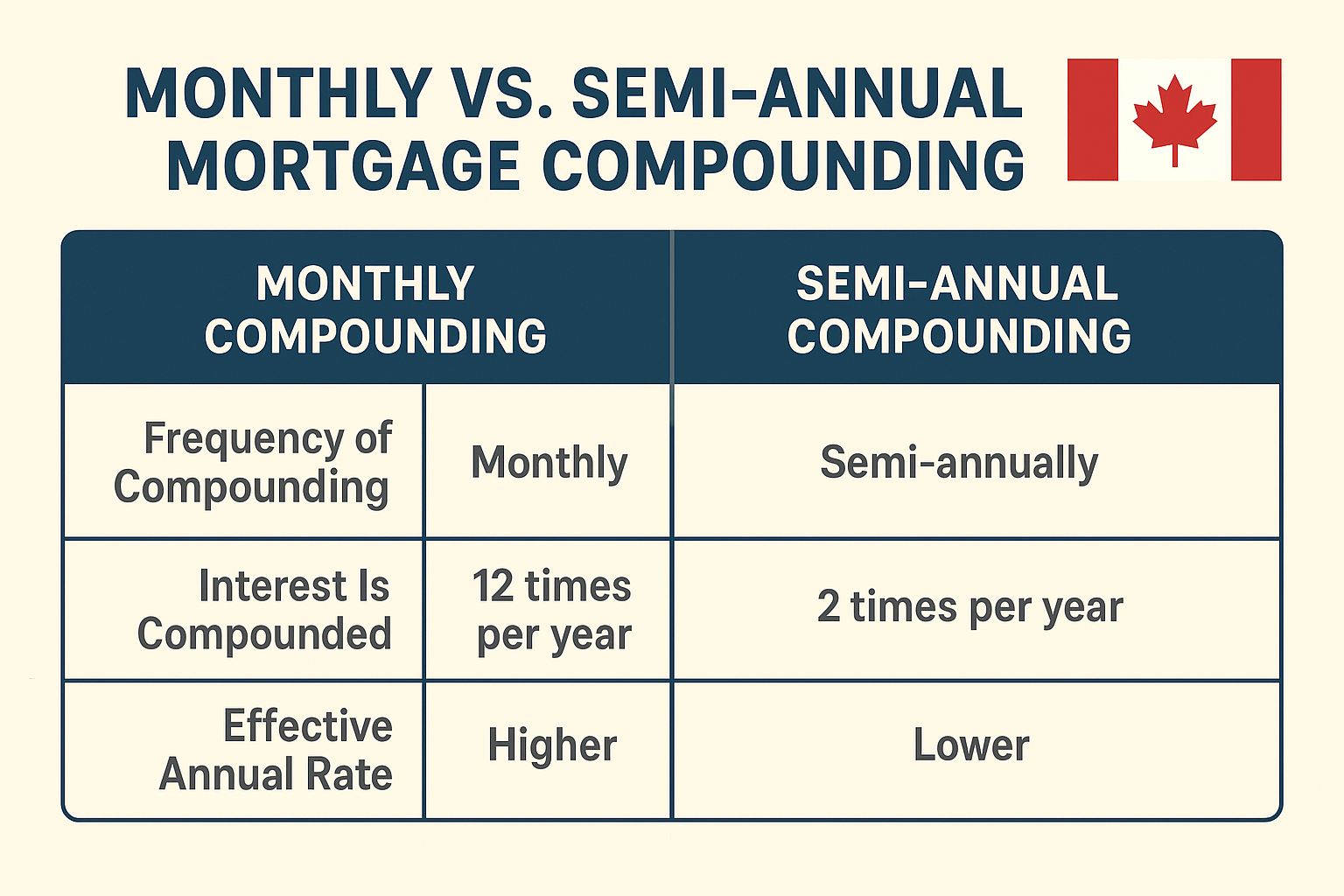The Bank of Canada’s Prudent Choice: Holding Interest Rates Steady in January 2024
In the ever-evolving landscape of economic uncertainty, central banks play a crucial role in steering the financial ship through turbulent waters. The Bank of Canada, as one of the leading central banks globally, recently made a significant decision in January 2024: to leave interest rates unchanged. This move reflects a careful consideration of various economic indicators and global factors, highlighting the delicate balancing act central banks must perform to foster economic stability and growth.
Economic Landscape
To comprehend the Bank of Canada’s decision, it’s essential to first examine the economic landscape at the time of the announcement. In January 2024, the global economy was navigating through a complex web of challenges, including the ongoing repercussions of the COVID-19 pandemic, supply chain disruptions, and geopolitical tensions. Domestically, Canada faced its own set of issues, with inflationary pressures, employment concerns, and a real estate market that raised eyebrows.
Inflationary Pressures
One of the key factors influencing the Bank of Canada’s decision was the level of inflation. In the months leading up to January 2024, inflation had been rising, stoking concerns about the potential for overheating. The central bank had to weigh the risk of inflationary pressures against the need to support economic recovery. A sudden hike in interest rates could have cooled inflation but at the expense of stifling growth and hampering the already fragile labor market.
Unemployment and Employment Trends
The employment landscape was another critical consideration for the Bank of Canada. While the economy showed signs of recovery, the labor market had not fully rebounded from the shocks of the pandemic. A premature increase in interest rates could have curtailed job creation and hindered the restoration of pre-pandemic employment levels. The central bank’s decision to keep rates steady signaled a commitment to supporting job growth and avoiding unnecessary setbacks in the employment sector.
Real Estate Market Concerns
Canada’s real estate market has been a source of both strength and concern. Skyrocketing housing prices in certain regions had prompted worries about a potential housing bubble. The Bank of Canada had to carefully assess the implications of its decision on the real estate sector. Increasing interest rates might have cooled the housing market but at the risk of causing a sharp correction, potentially destabilizing the broader economy. By maintaining interest rates, the central bank aimed to provide stability to the real estate market while monitoring for signs of excesses.
Global Economic Headwinds
The interconnected nature of the global economy means that domestic monetary policies are influenced by international developments. In January 2024, geopolitical tensions and trade uncertainties added to the complexities faced by central banks worldwide. The Bank of Canada’s decision to hold interest rates steady can be seen as a cautious approach in the face of external uncertainties. By maintaining the status quo, the central bank sought to provide a steady anchor for the domestic economy amid unpredictable international dynamics.
Communication and Transparency
In an era where central banks are increasingly emphasizing transparency, the Bank of Canada’s communication strategy played a vital role in shaping market expectations. The central bank’s clear communication about its decision to leave interest rates unchanged helped guide market participants, providing insights into its rationale and future outlook. This transparent approach fosters confidence and allows businesses and consumers to make informed decisions based on a clear understanding of the central bank’s intentions.
Monetary Policy Toolkit
The decision to keep interest rates unchanged underscores the importance of a nuanced approach to monetary policy. Central banks wield a variety of tools in their toolkit, including interest rates, quantitative easing, and forward guidance. The choice of which tools to deploy depends on the prevailing economic conditions and the desired policy outcomes. In January 2024, the Bank of Canada opted for a steady interest rate, leveraging its impact on borrowing costs and economic activity while avoiding the potential pitfalls of an abrupt rate hike.
Inflation Targeting Framework
Central to the Bank of Canada’s decision-making process is its commitment to inflation targeting. The central bank aims to keep inflation within a target range, typically around 2%. This framework recognizes the importance of stable prices in fostering economic growth and preserving the purchasing power of the currency. The decision to maintain interest rates reflects the central bank’s confidence in its ability to manage inflation within the target range without resorting to drastic rate adjustments.
Market Reactions and Expectations
The financial markets are highly sensitive to central bank decisions, and the Bank of Canada’s announcement did not go unnoticed. Following the announcement, there were fluctuations in currency exchange rates, bond yields, and equity markets. Understanding and managing market expectations is a delicate task for central banks, and the Bank of Canada’s decision reflects a balance between addressing economic challenges and avoiding unnecessary volatility in financial markets.
Conclusion
The Bank of Canada’s decision to leave interest rates unchanged in January 2024 reflects a thoughtful and strategic approach to economic management. In a world grappling with uncertainty, the central bank carefully weighed various factors, including inflationary pressures, employment trends, real estate concerns, and global economic headwinds. The decision highlights the central bank’s commitment to supporting economic recovery while maintaining stability in financial and mortgage markets.
As we move forward, the Bank of Canada’s actions will continue to be closely watched, and its decisions will play a crucial role in shaping the trajectory of Canada’s economic recovery. The delicate dance of monetary policy requires a nuanced understanding of the intricate web of economic variables, and the central bank’s January 2024 decision exemplifies a prudent and measured approach to steering the ship through uncertain waters.






